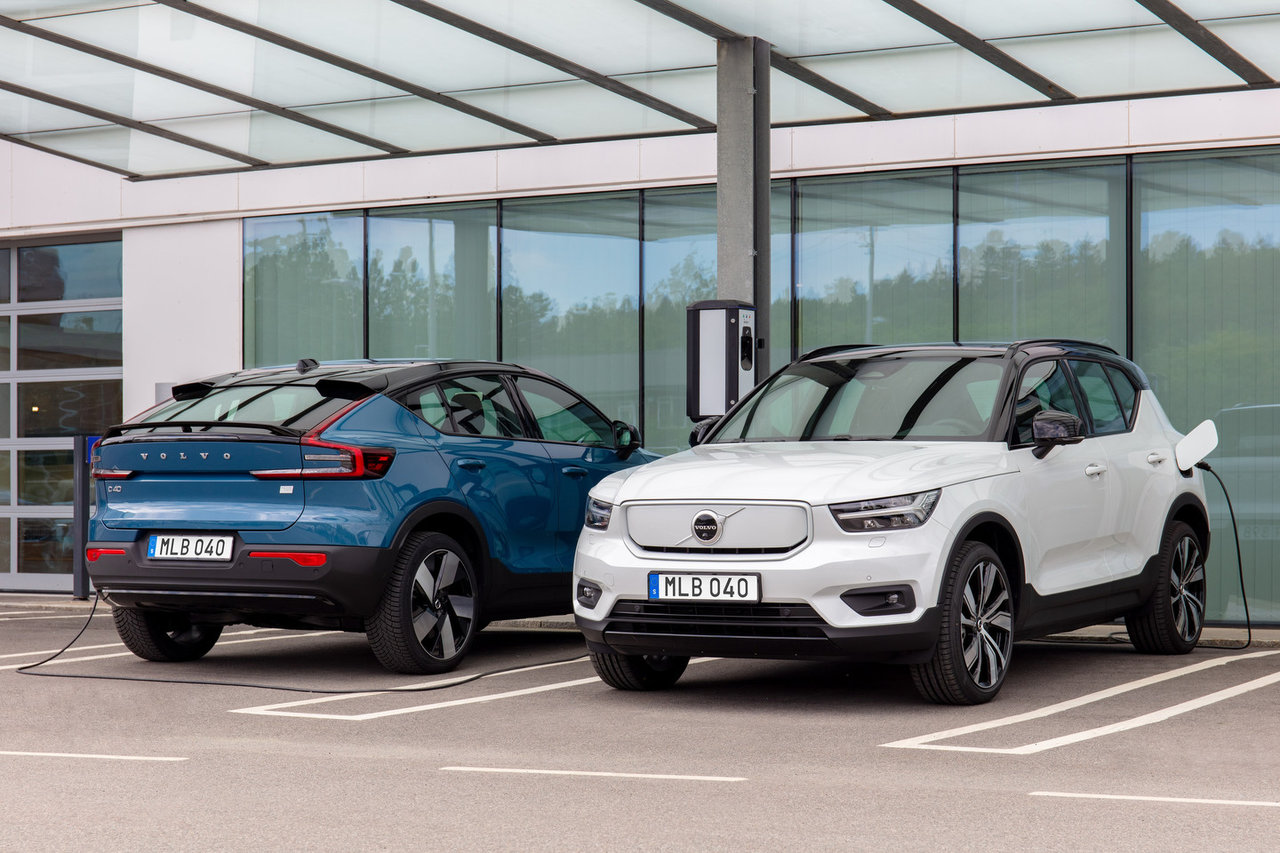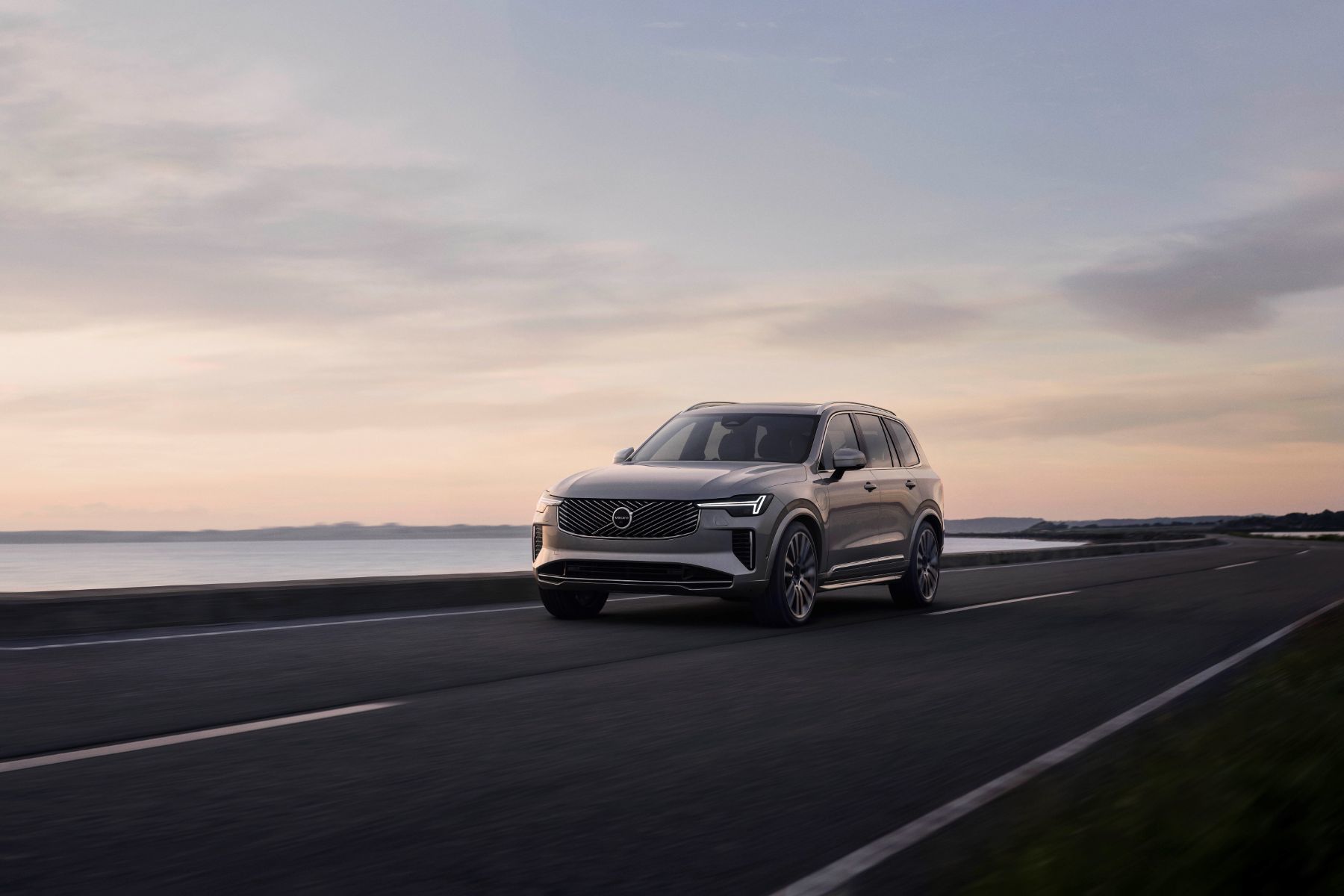
What Are Your Winter Tire Options on the Volvo XC90?
If you drive an XC90 in Metro Vancouver, winter can mean cold rain in the city and snow on the way to Squamish, Whistler, or the Coquihalla. Below...
Read moreMorrey Volvo Cars Burnaby

With the growing market of electric vehicles (EVs), it can be difficult to determine which type of EV is right for you. At Volvo, we offer both Plug-in Hybrid Electric Vehicles (PHEVs) and Battery Electric Vehicles (BEVs). What are the differences between these types of EVs, and how do you decide which one is right for your needs? Let’s take a look at some key points to consider when making this decision.
Range & Recharging Time
One of the main differences between PHEVs and BEVs is the range that each vehicle can travel on a full battery charge. Generally speaking, BEVs have longer ranges than PHEVs. For example, the Volvo XC40 Recharge has an estimated range of 359 km on a full battery charge versus an estimated range of 58 km for the Volvo XC60 T8 Twin Engine Plug-In Hybrid. The charging time also varies between these two models; while the XC40 Recharge takes approximately 8 hours to completely recharge its battery from 0%, the XC60 T8 Twin Engine Plug-In Hybrid takes approximately 5 hours to reach an 80% charge, both on a Level 2 charger.
Cost Difference
The cost difference between PHEVs and BEVs can vary depending on several factors such as model year, trim level, features included, etc., but in general, PHEVs will be less expensive than their all-electric counterparts. This is because PHEVs still have an internal combustion engine (ICE) combined with a traditional fuel tank that helps extend driving range when you need it most. As a result, there is no need to worry about charging times or the lack of available charging stations when choosing a PHEV over a BEV.
Environmental Impact
When it comes to environmental impact, both PHEVs and BEVs offer emissions-free driving—but only if you keep them charged up! However, when comparing just emissions performance alone, BEVs are superior because they produce zero emissions during operation due to their lack of ICE components like exhaust pipes or tailpipes. On the other hand, PHEVs still produce some emissions through their ICE components even when running in electric mode only. So if reducing your environmental footprint is important to you, then you should lean towards opting for a BEV instead of a PHEV.
At Volvo, both Plugin Hybrid Electric Vehicles (PHEV) and Battery Electric Vehicles (BEV) offer drivers great advantages, such as lower fuel costs and reduced environmental impact without sacrificing performance or luxury features. When deciding which one is right for you, though, there are several key factors to consider, such as range & recharging time, cost difference and environmental impact—all three of which can help you make an informed decision on which type of EV best meets your needs. Whether it's a plug-in hybrid or an all-electric vehicle that suits your lifestyle best, we've got options in both categories here at our dealership! Stop by today and see what we have in stock!

What Are Your Winter Tire Options on the Volvo XC90?
If you drive an XC90 in Metro Vancouver, winter can mean cold rain in the city and snow on the way to Squamish, Whistler, or the Coquihalla. Below...
Read more
Why You Should Consider the 2026 Volvo XC90 T8 Plug-in Hybrid Plus Dark
You want an SUV that makes the weekday commute quiet and efficient, then takes your family up the Sea-to-Sky without a second thought. The 2026...
Read more
2026 Volvo XC90 B6 AWD Ultra Bright 6-Seater: FAQ
Power, Fuel, and Towing in BC What engine and power does the B6 have? A refined 2.0-litre mild-hybrid four-cylinder with about 295 hp and 310 lb-ft...
Read more